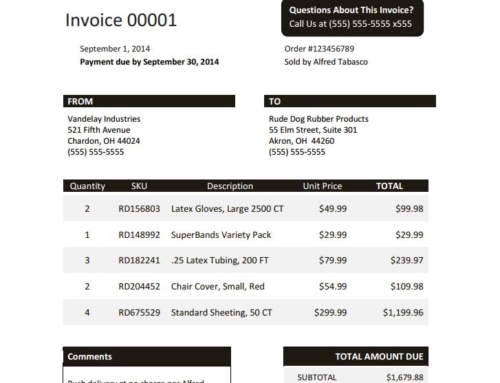As an accounts receivable management professional, you are well aware that there are just not enough hours in the day. You’re not alone; we are all constantly looking for ways to become more efficient and more productive so can get more done and in less time. The business world is always evolving and technology is constantly advancing to help us do just that, but how often do you have the time to sit down and read industry magazines, blogs, and articles to learn about them? Probably not very often. Below we’ve compiled some of our most popular accounts receivable white papers and resources so you don’t need to waste your free moments scouring the internet looking for the latest accounts receivable news and trends. These free resources cover a variety of topics on accounts receivable best practices, automation, industry statistics, and more to help companies become more effective and more efficient in their daily activities. Two birds, one stone. Read on to access these white papers and learn about the current state of the industry and latest tools to help you reduce outstanding invoices, do more in less time, and get paid faster.
HOW TO ELIMINATE INVOICE DISPUTES
This white paper includes dispute management strategies for business credit professionals. If you extend credit terms to business customers, you’ll inevitably end up with plenty of reasons why customers can’t or won’t pay you on time. This paper is designed to help you eliminate the reasons why your customers won’t pay you on time, and it has suggestions and strategies for resolving invoice disputes. This paper covers topics including the consequences of invoice disputes, dispute prevention, cash flow problems, non-billing disputes, recommendations, and much more.
17 TIPS FOR REDUCING OUTSTANDING ACCOUNTS RECEIVABLE
There are some fundamental and easily-deployed tactics that are sometimes forgotten in the rigmarole of daily activities – tactics and concepts that every credit department can use to reduce outstanding receivables. This white paper highlights these 17 points with descriptions and suggestions related to implementation of each strategy and examples to illustrate how they can be integrated with manual and automated systems such as credit and collections management (CCM) applications.
COLLECTION LETTER TEMPLATES
A sizeable amount of the day could be spent sending individualized collection letters to every customer. Trying to come up with these on a whim is too difficult. We’ve taken the difficulty out of sending collection letters by creating templates for every step. This white paper includes a template for the first, second and third collection letter and the notice of legal action.
HOW TO DEVELOP A CREDIT POLICY PLAN
The goal for a Credit Plan is to clearly define these elements so that employees conform to documented steps and procedures designed to improve all related business processes. Many companies struggle to formalize policies due to ad-hoc credit management from salespeople, lack of critical financial information, or simply due to time constraints and higher priority projects. When we take time to look around, we suddenly see the importance of developing a formalized credit policy. This document outlines six easy steps to developing a world class credit policy and collections action plan to help you gain significant advantages in your business.
THE ROI OF ACCOUNTS RECEIVABLE SOFTWARE
Accounts receivable software is becoming more and more popular as companies are realizing how much their current business software lacks in this important area. However, those that have yet to invest typically do because they are afraid of the cost. Since cloud technology has become the norm, accounts receivable software has become much more affordable, even for small businesses. This white paper takes a look at the ROI of accounts receivable software, from paper product savings to staffing solutions.
HOW TO DEVELOP KILLER A/R COLLECTION LETTERS, CALL SCRIPTS AND EMAIL TEMPLATES
Communication frequency and the quality of those communications play an enormous role in a company’s ability to quickly and effectively collect receivables. This white paper provides everything you need to consider before you start building out email templates, collection letter templates, and collection call scripts. Sample templates, documents and scripts are provided at the end of this document for examples to get you started. In addition to sample templates, documents and scripts, this document helps you define accounts receivable procedures, set goals, identify invoice problems, measure your results, and more.




